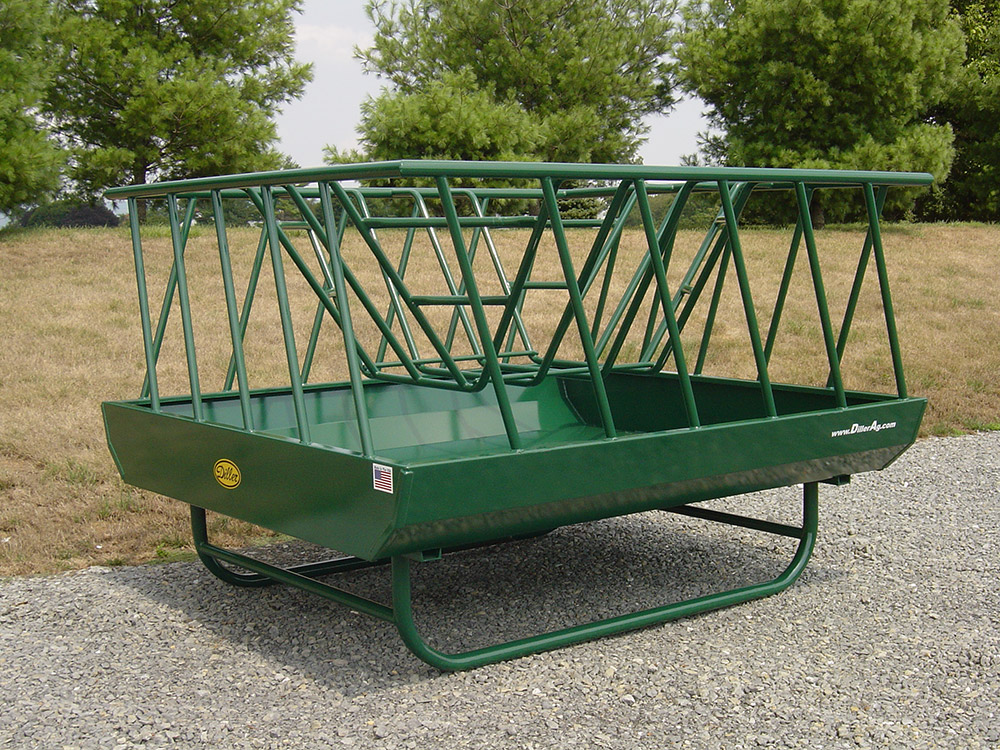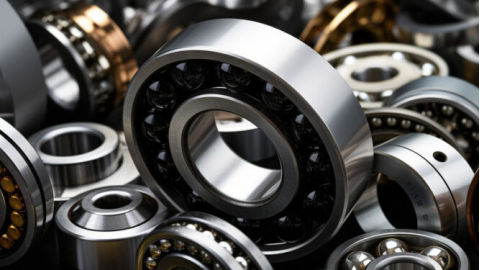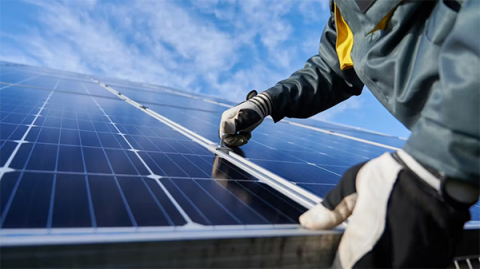Top 10 Livestock Feeder Factories in China
China's livestock equipment sector is a global powerhouse. The industry's annual output value surpasses $10 billion. Livestock feeders are central to this success. These are automated or semi-automated machines that deliver feed to animals like cattle, pigs, and poultry. They boost farm efficiency by cutting waste and improving animal health. Government initiatives, such as "Made in China 2025," actively promote smart agricultural equipment. This support fuels innovation and solidifies China's dominant position in the global supply chain.

Our Ranking Method
We select the top factories using a strict set of criteria. This ensures the list is factual and unbiased. Key factors include annual production capacity, like factories that manufacture over 10,000 units monthly. We evaluate technological innovation, including IoT integration and automation controls. Quality certifications such as ISO 9001 and CE marks are essential. We also analyze market share, with leading factories holding over 30% of the domestic market and strong exports to Europe, America, and Asia. Data comes from industry association reports, customs export statistics, and direct factory visits. All information is current for 2023.
Profiles of the Top 10 Factories
Here are the leading livestock feeder manufacturers in China.
1. ABC Feeder SystemsLocated in Shandong Province, ABC was founded in 1995. Its core product is automatic pig feeding systems. The factory produces 50,000 units annually. It holds a 15% share of the global market. Its main exports go to the United States and large domestic farms in Inner Mongolia. A key feature is its patented anti-clogging design.
2. GreenAgri Techbased in Jiangsu, GreenAgri started in 2000. It specializes in TMR mixer wagons for cattle. Its annual output is 8,000 high-capacity units. The company exports heavily to the Middle East and Europe. It is known for its robust construction and energy-efficient engines.
3. Prestige Poultry EquipmentThis Guangdong-based factory, established in 1998, focuses on automated pan feeders for chickens. It produces over 70,000 systems per year. It serves large-scale farms across Southeast Asia. Its unique selling point is a low-waste feed delivery mechanism.
4. Northern Husbandry MachineryFrom Hebei Province, this company began in 1990. It manufactures a wide range of sheep and goat feeders. It has an annual production capacity of 40,000 units. Its products are popular in Central Asia and Australia. It built its reputation on durable, weather-resistant materials.
5. SinoFarm SolutionsOperating from Henan since 2005, SinoFarm makes innovative sow feeding stations. It outputs 12,000 units per year. It has a growing market in Eastern Europe. Its technology allows for precise individual animal feeding.
6. EcoFeed SystemsEcoFeed is in Zhejiang and was founded in 2010. It produces eco-friendly feeders using recycled materials. Its annual production is 25,000 units. It targets environmentally conscious clients in the EU. Its products feature solar-powered options.
7. MegaFeed Technologiesbased in Sichuan, MegaFeed started in 2003. It is a leader in IoT-integrated feeder systems for dairy farms. It manufactures 15,000 smart units annually. Its main markets are the U.S. and New Zealand. The systems offer real-time data on feed consumption.
8. AgriStrong ManufacturingThis Shandong-based factory opened in 1992. It specializes in heavy-duty cattle bunk feeders. It produces 20,000 units each year. It is a primary supplier for ranches in North and South America. Its products are known for a long lifespan of over 15 years.
9. ProPoultry Equipment Ltd.Located in Guangdong, ProPoultry began in 2000. It focuses on automated chain and tube feeding systems for layers. Its annual output is 60,000 systems. It holds a significant market share in Africa and South Asia. It uses high-quality, food-grade plastics.
10. FutureFeed InnovationsFrom Beijing, this tech-driven company was established in 2015. It develops AI-powered feeding robots for various livestock. It produces 5,000 advanced units per year. It exports to high-tech farms in Western Europe. Its systems use machine learning to optimize feed schedules.
Technology and Automation Advances
Top factories integrate advanced technologies to stay competitive. Internet of Things (IoT) sensors are now standard. They monitor feed levels in real-time and send alerts to farmers' phones. Artificial intelligence algorithms analyze animal data to create optimal feeding plans, reducing waste by up to 20%. Automated robotic arms handle feed loading, which cuts labor costs. The initial investment is high, ranging from $5,000 to $20,000 per unit. However, the long-term savings on labor and feed are significant. Many factories partner with universities to develop new, corrosion-resistant materials.
Quality Control and Standards
High quality is a non-negotiable priority for these manufacturers. They adhere to strict international standards. ISO 9001 certification governs their production processes. Products undergo rigorous testing, including durability tests in extreme weather conditions. Many products carry the CE mark, ensuring they meet EU safety standards. They use premium materials like 304-grade stainless steel and food-safe plastics. This focus on quality results in equipment that lasts 10 to 15 years with minimal maintenance. Customer reviews on agricultural forums consistently praise the reliability and longevity of these feeders.
Sustainability and Environmental Practices
Factories are increasingly adopting green manufacturing practices. These align with China's "Dual Carbon" goals. Many facilities now use solar panels to power their production lines. They incorporate recycled materials, with some feeders containing 30% recycled plastic. Efficient logistics networks help reduce the carbon footprint of exports. One factory reported a 25% reduction in its carbon footprint since 2020. Waste management is also a focus. Production scrap is often recycled, saving hundreds of tons of plastic waste annually. These practices not only help the environment but also appeal to a growing market of eco-aware farmers.
Market Trends and Future Outlook
The global livestock feeder market is growing at a compound annual growth rate (CAGR) of 6%. It is projected to continue this growth until 2030. A rising global population is increasing the demand for meat, which drives the need for efficient farming equipment. Challenges include volatility in raw material prices. A key trend is the adoption of smart farming technologies on smaller farms. Chinese factories are adapting by creating more affordable, scalable solutions. They are also expanding into new markets in Southeast Asia. Future developments may include blockchain technology for supply chain transparency. Government subsidies for agricultural modernization will continue to support industry growth.




